Welcome to the latest installment of Optimum Logistics’s weekly news roundup – your one-stop shop for essential news in the trucking and logistics industry. As we navigate through the evolving landscape of the logistics world, we’ll delve into a collection of insightful news pieces that we’ve handpicked to help keep the commercial drivers, industrial staff, and logistics professionals in the know.
From the troubling trend of surging verdict sizes in trucking litigations, to an in-depth analysis of Yellow’s financial struggle, a significant story that could impact many facets of industry. Finally, we wrap with a piece on India’s push towards electric trucks, an initiative that is shaping the future of global logistics. Each of these stories carries significant weight in shaping the future of our industry, and we’re here to bring you the key takeaways.
Surge in Trucking Verdict Sizes: A Troubling Trend
A recent study conducted by the U.S. Chamber Institute for Legal Reform reveals an alarming increase in the size of legal verdicts in the trucking industry. The investigation illustrates that auto accident cases, specifically those involving trucking companies, constitute the second largest category of nuclear verdicts – verdicts exceeding $10 million. Analyzing 154 trucking litigation verdicts and settlements between June 2020 and April 2023, it was found that the average plaintiff’s award was a substantial $27,507,334, with a median of $759,875.
The Growing Burden on the Trucking Industry
An in-depth comparison of verdicts from 2005 to 2019 shows a staggering 235% rise in cases with verdicts over $1 million in the latter half of this period, compared to the first half. Furthermore, there was an 867% surge in the average size of verdicts surpassing $1 million between 2010 and 2018. As the study emphasized, because trucking is the primary means of goods transportation across American communities, these soaring and disproportionate verdicts inevitably impact everyone.
Insurance Costs Skyrocket alongside Litigation
Along with this surge in litigation, the study also reports a parallel rise in insurance costs for trucking companies. Specifically, insurance premium costs per mile for trucking companies rose by 47% to $0.087 per mile from 2010 to 2020. Furthermore, the research highlights considerable regional disparity in litigation risks, identifying Florida, California, Pennsylvania, New Jersey, Texas, and Georgia as the riskiest states for trucking operations.
The Drivers Behind The Trend
In scrutinizing the underlying causes of this litigation trend, the research identifies several strategic litigation tools that amplify verdict sizes. These include the use of medical referral networks, inflated billing practices, “reptile” courtroom tactics by plaintiffs’ lawyers, the broadening of defendant circles to access deeper pockets, and an ambiguous and exploitable standard of care for trucking operations.
🔗 Learn more about the rise in verdict size within the trucking industry here.
Financial Troubles Loom Over Yellow
Yellow, a historic trucking giant, is grappling with serious financial difficulties, failing to meet pension and healthcare payments and prompting a potential strike by the Teamsters Union. The union has warned that unless Yellow clears the payment dues by the end of this week, it will suspend healthcare benefits and pension accruals from July 23, potentially leading to a workers’ strike by July 24. Yellow, currently the third-largest operator in the less-than-truckload business, faces the looming threat of bankruptcy, exacerbated by $1.2 billion in loans due next year.
Missing Payments and Possible Strikes
The Central States Southeast and Southwest Areas Health and Welfare Fund, which oversees benefits for Teamsters members, has disclosed that Yellow defaulted on payments due on July 15 and plans to withhold August’s payment, totaling over $50 million. Yellow has responded to this disclosure, stating that they had requested a deferral of contributions to preserve liquidity. The company officials have assured that they will work tirelessly towards a speedy resolution and repay the funds with interest once additional financing is secured.
Yellow’s Survival Hangs in the Balance
Yellow’s survival strategy includes a significant operational restructuring, which might consolidate freight-handling across its main national carrier and three regional subsidiaries. This plan, however, has met with resistance from the Teamsters Union, claiming that it violates the current labor contract. The Union demands a pay raise for its 22,000 members and insists on opening negotiations on the master contract before the restructuring can proceed.
Implications of Yellow’s Potential Failure
Failure to stay afloat could have broad impacts for Yellow. Analysts predict that a strike would lead to shippers moving to other carriers, further straining Yellow’s finances. Moreover, the company’s closure could raise costs for retailers and manufacturers dependent on Yellow’s services, while benefiting rival trucking companies. Notably, Yellow must repay a $700 million federal loan made early in the Covid-19 pandemic and settle an outstanding loan balance of about $500 million owed to a group of lenders led by Apollo Global Management.
🔗 Learn more about Yellow’s current financial struggles here.
Turning Wheels Towards a Greener India
India has its eyes set on electric trucks as a means to combat its pollution problem and meet climate goals. One prominent player in this initiative is Ashok Leyland Ltd., Asia’s fourth-largest truck maker, which plans to introduce its battery electric vehicles over the next six to twelve months. The company’s approach isn’t aimed at a flashy launch; instead, they’ll be gradually releasing multiple models in small volumes.
Ashok Leyland has already shown ambition in this area, announcing plans to build autonomous electric trucks for Indian ports and developing hydrogen fuel cell vehicles in collaboration with Adani Enterprises Ltd. and Reliance Industries Ltd, but of course, this isn’t without its challenges.
Challenges in the Road Ahead
Despite the promising progress, significant challenges persist in transitioning to cleaner vehicles. The current higher price point of electric trucks compared to their diesel counterparts and inadequate charging infrastructure present serious obstacles, especially for small fleet operators who constitute the majority of India’s truck owners. Furthermore, while India depends heavily on road transport for delivering 70% of its goods, it also lacks the raw materials required to meet battery demand and is still in the early stages of launching hydrogen-based vehicle projects. The country currently has one charger for every 135 electric vehicles, a stark contrast to the global average of one charger for 20 EVs, indicating a substantial infrastructure gap.
Roadmap for a Cleaner Future
Yet, there are signs of growing momentum. Fifteen companies, including Amazon.com Inc., Nestle SA and India’s Aditya Birla Group, have recently allied to advance the electrification of India’s truck fleet, announcing several pilot projects and projecting demand for more than 7,700 e-trucks by 2030. Moreover, India’s largest truck maker, Tata Motors Ltd., along with several other companies and startups, are actively developing electric models. The government, private sectors, and organizations like the International Council for Clean Transportation are called upon to drive the electric transition by introducing subsidies, regulations, and sustainability mandates.
Waiting for the Green Light
Although upfront costs for electric trucks remain high compared to diesel trucks, the lower operating costs and the possibility of innovative financing models could attract potential buyers. With an increasing demand for trucks in India, stakeholders are urging for policies that encourage the production of clean trucks. As technology costs fall and government support increases, experts believe it’s only a matter of time before India catches up with the clean truck trend, paving the way for a cleaner, greener future in logistics.
Before you hit the road…
As always, we appreciate you taking the time to read our weekly roundup, and we’d love to hear your thoughts on these developments. Do you agree with the verdict trends in the industry? How do you think Yellow’s situation will affect the logistics landscape? What are your thoughts on the transition to electric trucks, particularly in countries like India? Please share your thoughts in the comments section.
Remember, knowledge is power, and your opinions and insights can spark important conversations in our community. Don’t forget to check back next week for another edition of Optimum Logistics’s weekly news recap – keeping you in the loop, one week at a time
Stay safe on the roads and remember, we’re in this journey together!
If you made it to this part of the article, we’d just like to take a moment to thank you for taking the time to read this weekly recap. Be safe out there and as always, If you’re in search of CDL A, B, or warehouse positions, check out our open positions. And if you need staffing solutions for commercial driving or industrial positions, be sure to explore our offerings.



